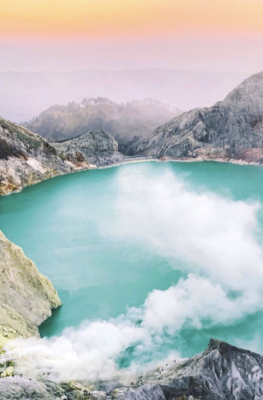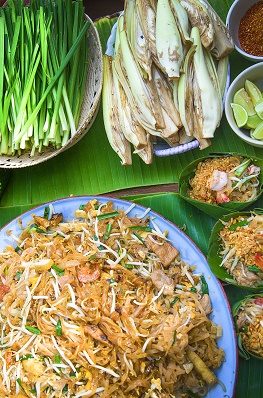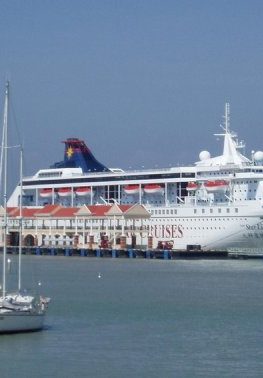Published on November 14, 2014

This November, the spotlight will shine on the longest running river on Sumatra: the Musi River as the Musi Triboatton III is set to take place from 23rd to 30th November 2013 in Palembang, capital of the province of South Sumatra.
Combining rafting, kayaking, and dragon boat races, this is a one of a kind event initiated by the former Ministry of Tourism and Creative Economy (now thr Ministry of Tourism) to introduce the splendors of South Sumatra in terms of special interests activities. Set on the wide Musi River that flows through the city of Palembang, the event will feature over 500Km of adrenaline rushing races as well as relaxing sports events. .
As a professional competition, the event also involves the Executive Board of Indonesia’s Rowing Association (PB.PODSI) that manages the competition which is also aimed at improving the quality of rowing athletes.

This year, there will be 11 teams who will compete in the event. Eight are international teams who come from different countries, namely: Australia, Singapore, Malaysia, Iran, the Philippines, South Korea, Hongkong, and Brunei Darussalam. The 3 teams from Indonesia represent the provinces of Jambi, Riau, and South Sumatra.
Participants will race following the Musi River for a total distance of 523km, passing the Empat Lawang Regency, Musi Rawas Regency, Musi Banyuasin Regency, and end at the iconic Ampera Bridge in the city of Palembang. The route is divided into 5 stages: Stage 1 :Tanjung Raya-Tebing Tinggi (35km); Stage 2: Tebing Tinggi-Muara Keling (140km); Stage 3: Muara Keling-Sekayu (165km); Stage 4: Sekayu-Pengumbuh(108km), and Stage 5: (Pangumbuh-Palembang (75km).
The Musi River has its source deep in the Bukit Barisan mountains, tumbling down to reach the plains, where, fed by the converging Ogam and Komering rivers, it then widens into a large river as it reaches Palembang. Its many tributaries and streams that cut through Palembang, have caused this town to be also known as “The Venice of the East”.
The best scenery of the river can be found at the city’s iconic landmark, the Ampera Bridge which connects both sides of the river. North of the Ampera bridge is the Mesjid Agung or the Royal Mosque, built in 1740 by Sultan Badaruddin I, and recently restored to its former glory. This area was once the capital of a Malay Islamic kingdom which came to an end in 1825, when the last Sultan, Ahmad Najamuddin, surrendered to the Dutch and was exiled to Banda Neira.






